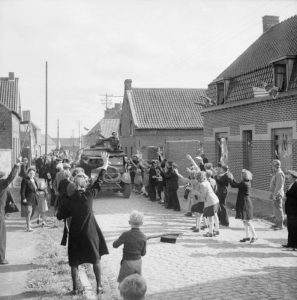You may have found mourning letters and memorial cards for Belgian relatives among the papers of your immigrant ancestors. But most often you will have to hunt for them in the archives of genealogical and historical societies and in the files of private collectors. Luckily many societies, archives and collectors have placed their indices online and will provide genealogists with a scanned image upon request.
The following is a selected list of websites for societies, archives, and private individuals who collect mourning letters and death memorial cards. Keep in mind that in most cases, location of the archive or collector does not reflect the scope of the collection.
Continue reading “Where to find Belgian Mourning Letters and Memorial Cards”



